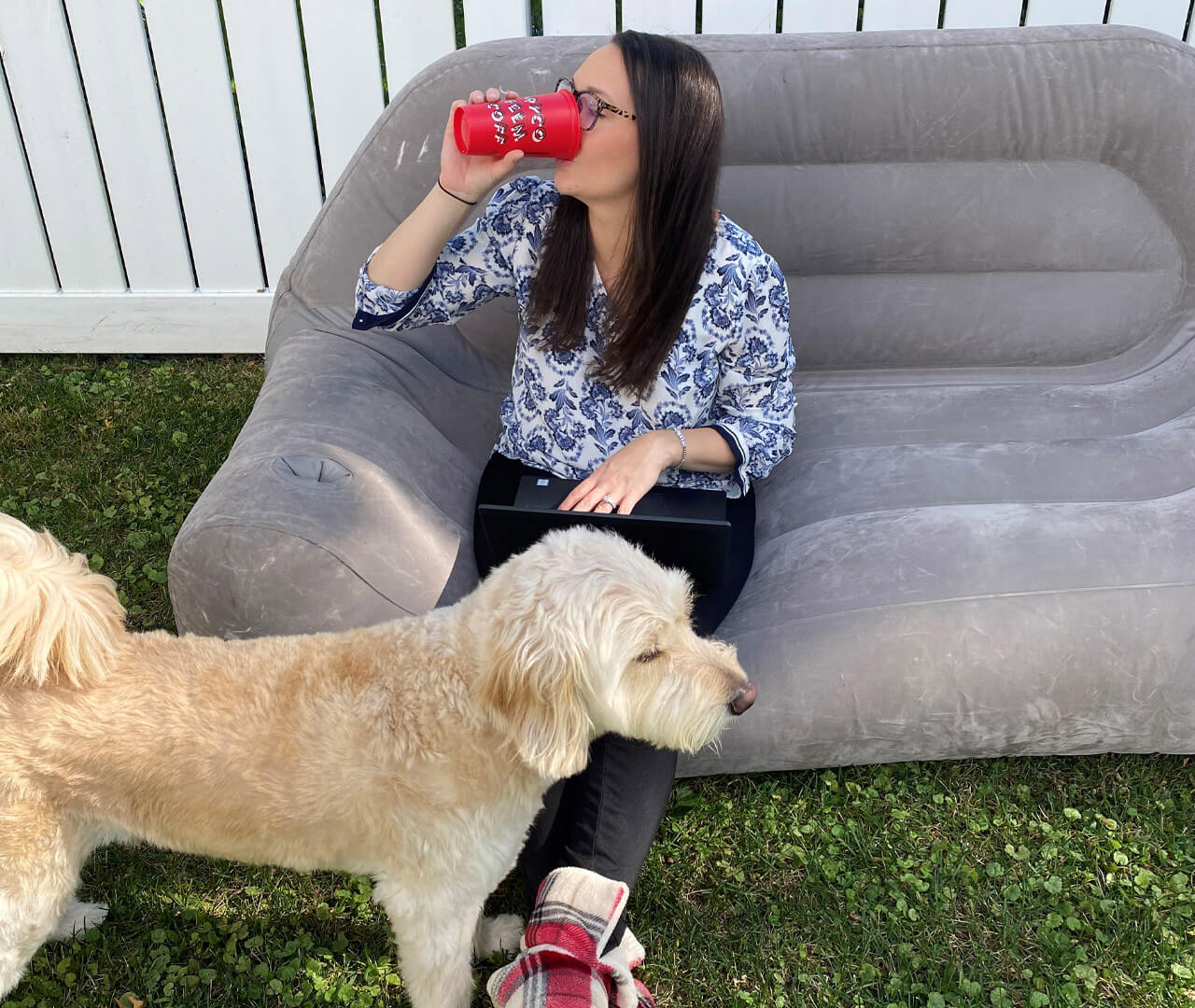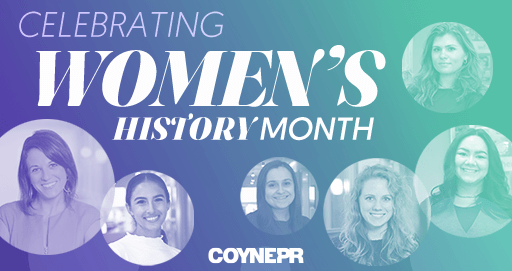Companies across the country began announcing that employees should work from home due to COVID-19 in March. Many assumed we would enjoy a few weeks working remotely with our families by our side and our pets snuggled at our feet. Six months later, many of us are still at home, and the way we work looks dramatically different.
According to a recent Gallup poll, nearly 60% of respondents said they would like to keep working remotely after restrictions on businesses and schools have lifted. On a parallel, companies have taken a long, hard look at their work from home policies, with many offering flexible options moving forward.
With the landscape of corporate America changing, here are some ways consumers are rethinking their work from home spaces and its impact on the PR industry:
At-Home Workspaces Reimagined
When you work from home – especially for an extended period – the line between work life and home life can get blurred and, in some cases, lost. As the working home becomes a semi-permanent, transforming an area of the home – or outside the home – into a private workspace will be essential.
Many have worked to identify a separate space close to home, resulting in a spike in sales for backyard sheds. Mike Koenig, the co-founder of Studio Shed, said there was a surge in “home offices” in March and that they have sold five times as many home office units in May, June, and July as they did in each month last year and was on track to sell ten times more this August than last.
Additionally, brands in the home product category are re-positioning product lines to help consumers achieve a work from home space that offers maximum comfort and productivity.
What does this mean for our industry? It is time to be more creative than ever before. As we rethink our physical spaces in unique ways, it is just as important to look for opportunities to insert clients into the current news cycle in ways that we may not have considered. This has presented opportunities for unique solutions. Take, for example, our client, Intex, a worldwide leader in inflatables that offers versatile inflatable furniture, which now can create the perfect portable at-home office – either indoors or outdoors.
Home Sales Continue to Climb
Facebook CEO Mark Zuckerberg told the Wall Street Journal recently that about 75% of his employees expressed some interest in moving to a different city if they could work remotely. The option of not being tied physically to an office location has many people rethinking their residential priorities.
Sales of existing homes skyrocketed in July, marking the second straight month with a record-breaking increase in existing home sales, followed by June. Now more than ever, home buyers are mindful in their new purchases to discover a space with a home office, or home office potential, to account for working from home. Similarly, sellers are presenting homes highlighting areas that can be transformed into an at-home workspace.
What does it mean for our industry? We may need to consider more personalized, direct communications as we look to engage with consumers. Marketing and communicating in synergy with work patterns will look and feel different. Consumers have left high-traffic hot spots, instead opting to stay closer to their homes. As a result, higher importance will likely be placed on virtual events, especially as we navigate and understand how the new ‘workday schedule’ will look.
Home Improvement Projects Are in Full Force
Homeowners are not only spending more time but more money inside their homes. According to a recent Bank of America survey, more than 70% of respondents decided to tackle home improvement projects during the COVID-19 pandemic, with more planned in 2021. Even more, consumer home supply spending year-over-year showed a dramatic increase, skyrocketing to as high as 80% in May before leveling off at 40-50% year-over-year growth for the next few months. From repainting to planting gardens and even more elaborate home renovations, consumers are taking this time to invest in their homes and make themselves more comfortable.
What does it mean for our industry? Consumers want products and services that they can look to as solutions right now. Solutions to make their living spaces more comfortable, sophisticated, and efficient. We have seen a great opportunity for this with our client Philips, and their EyeComfort LED bulbs. Philips EyeComfort LED bulbs help parents boost their students’ productivity while also protecting their eyesight –to be easy on your eyes, essential for students staring at a computer screen much of their day.
When the pandemic is over, one in six workers will continue working from home or co-working at least two days a week, according to a recent survey by economists at Harvard Business School. We must permanently shift our mindsets and challenge ourselves to think differently to identify opportunities for our clients in this new landscape; because far after the pandemic is over, its impact will remain.



